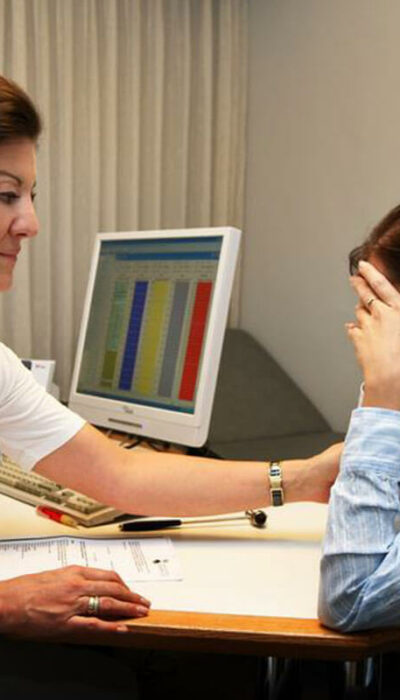
All you need to Know about Gout and Its Treatment
When there is an excess amount of uric acid in the bloodstream its crystals are formed in the joint, and that condition is termed as gout. Uric acid is present in many foods that we consume. When the body cannot handle the uric acid that is present in the bloodstream, the crystals formed can give rise to many health issues such as arthritis. These crystals block the kidney filter tubules, causing stones to form in the kidneys, which can also lead to the failure of kidneys. Gout is basically of two kinds: Primary gout if it occurs on its own it is called. Secondary gout if it is due to other medical conditions. Gout arthritis can cause sudden pain as well as red and hot swelling near the joints, especially near the toes. This kind of problem is more likely in men who have crossed the age of 40; some of the symptoms of gout are as follows. Symptoms of Gout You will feel pain in the joints of the affected area, along with red and hot discoloration, swelling, and tenderness. Most commonly, you will experience gout near the small joints of your toes. It might also affect other areas like ankles, wrists, knees, elbows, and fingers. The pain can be so intense in some people that even a feather touch can cause a lot of pain. This pain can last from a few hours to a day also, irrespective of whether you take medication. In very rare cases, the gout attack can also last for a week. Diagnosis of Gout When a patient reports frequent attacks of arthritis, especially in the toes, knees, or ankles, then the patient is tested for excess uric acid and uric acid crystals near the affected joints. Usually, some fluid is extracted from the joints of the patient using a needle and it is sent for testing.










